Effect of Short Aramid Fibers on Asphalt Performance
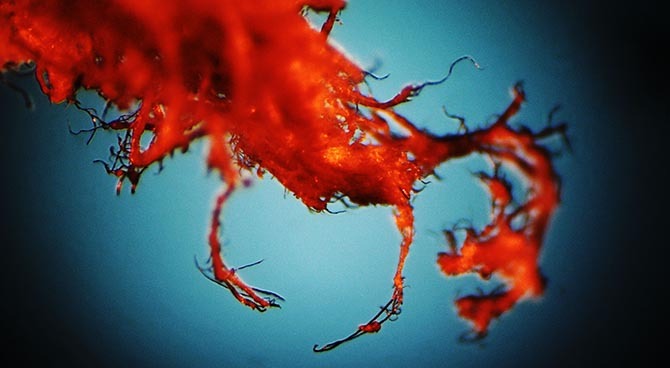
Abstract
It is well known that asphalt materials are more resistant in compression than in tension. When properly homogenized with the asphalt mixture, high tensile strength fibers are supposed to carry part of the tensile strength, which results in a longer lasting material. The goal of this research is to understand the impacts of adding Aramid pulp to asphalt mixes in order to make longer-lasting asphalt mixtures. This research will be divided into two parts: mix design tests and mix performance tests.
Introduction
Canada, which ranks seventh in the world for the length of its road network (PIARC 2015), has a paved road network composed of around 95% of asphalt pavement. According to the Canadian Infrastructure Report Card (2012), more than 50% of the municipal roads are in fair, poor or very poor conditions. Because of this, a lot of research has been performed through the years to find asphalt materials that are more resistant to degradation. One of the studied options is the use of fibers in asphalt mixes.
It is well understood that asphalt materials are more resistant in compression than in tension (Busching et al., 1970). The use of high tensile strength fibers is supposed to, when properly homogenized in the asphalt mixture, carry part of the tensile strength, which would results in a longer lasting material. Many different types of fibers were tested. According to the NCHRP Synthesis entitled Fiber Additives in Asphalt Mixtures (McDaniel, 2015), the fibers can be separated into different types: cellulose, mineral, polyester, polypropylene, aramid, aramid and polyolefin, and fiberglass. According to that study, all types of fibers have somewhat proven their usefulness, but they all have reported disadvantages such as high binder absorption, high specific gravity, low melting point or are sensitive to moisture. However, no real disadvantage of the use of Aramid fibers was reported except the fact that the cost-effectiveness has yet to be proven.
Aramid pulp is a highly fibrillated material with fibers of less than 1mm in length used in high abrasion materials like brake pads (Dupont, 2015) or as viscosity controller for adhesive or sealants (Dupont, 1999). The use of pulp or shorter fibers should prove to be cost effective and achieve more surface contact area. It is our hypothesis that the mechanical properties are enhanced by the presence of the pulp or short fibers. Also, because of the very short length, the pulp should be easier to mix in the asphalt mixture than longer fibers.
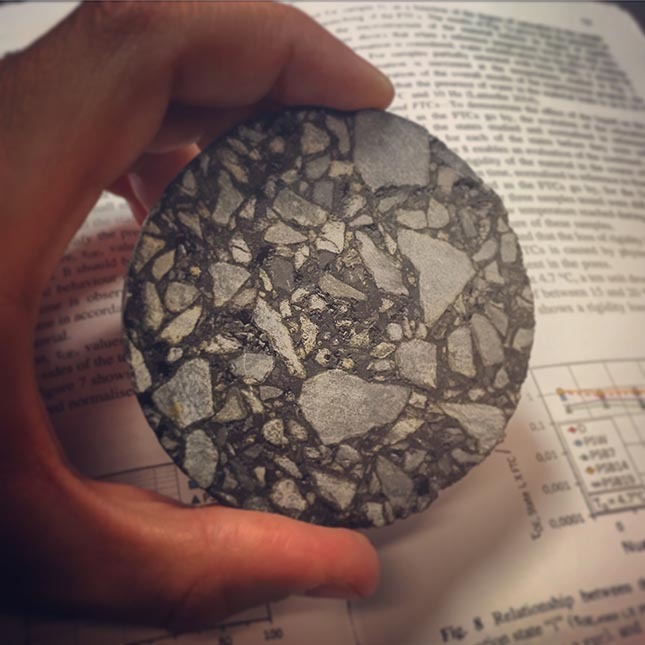
Fig. 1 Image of the asphalt mixture
Objective of the Project
The goal of the members of the Pavements and Bituminous Materials Laboratory (LCMB) is to understand the impacts of adding Aramid pulp to asphalt mixes in order to make longer-lasting asphalt mixtures.
The addition of Aramid pulp or short fibers could provide durability benefits to bituminous materials and enable Canadian asphalt companies to innovate in value added, longer lasting, better performing bituminous products. This would help reduce the maintenance costs of our roads and enable our Canadian civil engineering companies to stand out with new technologies and improved performance.
What is an Aramid Short Fiber?
The fiber used in this work is Aramid fiber from Kevlar DuPont. It is called the KEVLAR brand pulp, which is categorized 1F361. Aramid pulp is a highly fibrillated material with fibers of less than 1 mm in length used in high abrasion materials like brake pads, or as a viscosity controller for adhesives or sealants. The use of pulp or shorter fibers should prove to be cost effective and achieve more surface contact area.
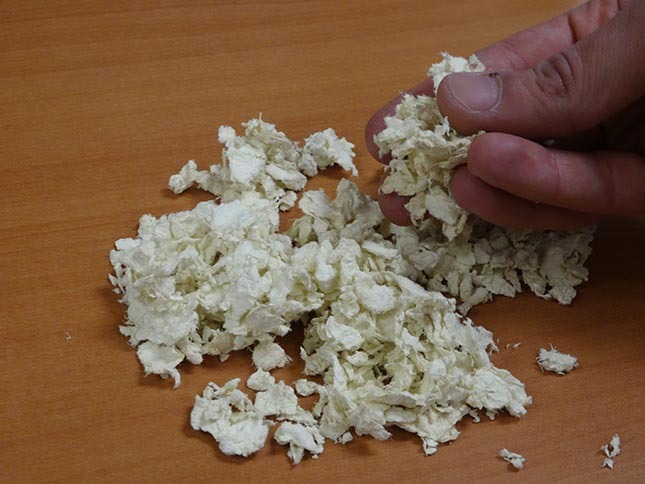
Fig. 2. KEVLAR Aramid pulp fibers
Our hypothesis is that the mechanical properties are enhanced by the presence of the pulp or short fiber. Also, because of the very short length, the pulp should be easier to integrate in the asphalt mixture than longer fibers.
Parts of the research
This research is divided into two parts.
Mix design tests
Hot mix Asphalt (HMA) consists of two basic materials: aggregate and bituminous binder. Asphalt mix design is the process of determining what aggregate to use, what bituminous binder to use, and what the optimum combination of these two ingredients should be. When aggregate and binder are combined to produce a homogenous substance, this substance, HMA, takes on new physical properties that are related to, but not identical to, the physical properties of its components. HMA mix design has evolved into a laboratory procedure that uses several critical tests to make key characterizations of each trial HMA blend. Although these characterizations are not comprehensive, they can give the mix designer a good understanding of how a particular mix will perform in the field during construction, and under subsequent traffic loading. Mix design is meant to simulate actual HMA manufacturing, construction, and performance to the highest extent possible. Then, from this simulation we can predict (with reasonable certainty) what type of mix design is best for the particular application in question and how it will perform.
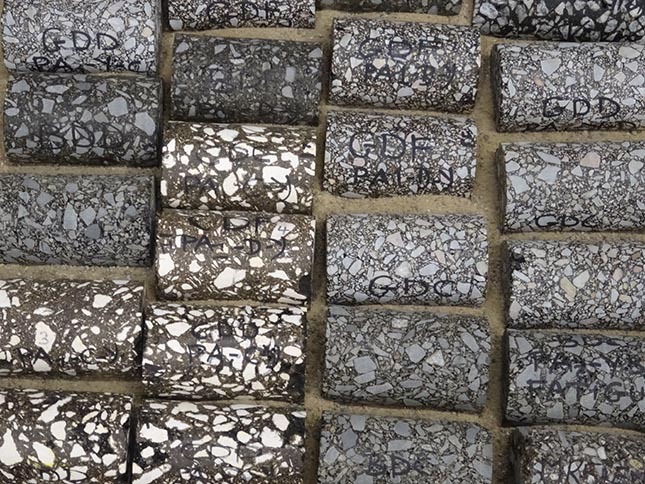
Fig. 3. Samples are stocked horizontally in sand beds before mechanical tests to prevent any bias deformation
Mix Performance Tests
The challenge in HMA performance testing is to develop physical tests that can satisfactorily characterize key HMA performance parameters, and how these parameters change throughout the life of a pavement. The key parameters for this project are:
- Indirect tension tests performed to evaluate the optimum amount if Aramid pulp is used in the asphalt mixture.
- Complex modulus performed in tension/compression at different temperatures and frequencies, fatigue cracking resistance performed at 10 °C and 10 Hz, thermal cracking resistance performed through the Thermal Stress Restrained Specimen Test, and permanent deformation resistance performed with the LPC rut tester.
The method used for the complex modulus tests allows us to see if the tension resistance of the material improves with the addition of Aramid pulp. As for the fatigue test, it is used to verify if the Aramid pulp did enhance the crack propagation resistance of the mixture. Those tests are performed on a dense graded asphalt mix with and without Aramid pulp.
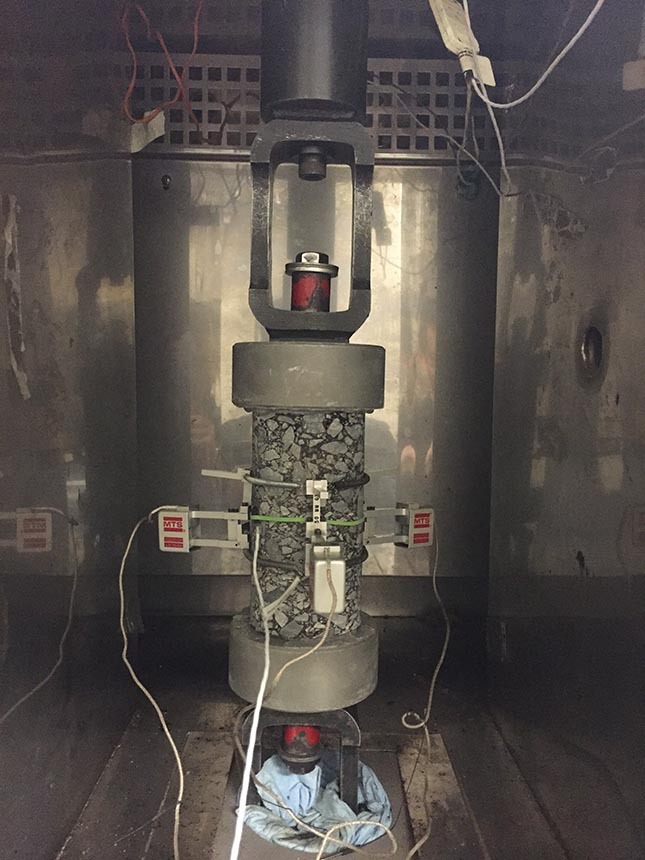
Fig. 4 Direct Tension-Compression (DTC) test on cylindrical samples
- Fatigue resistance of rich bottom type asphalt mixtures that contains Aramid pulp will also be performed. This mix is used in a perpetual pavement structure as a layer meant to resist cracking because of its high binder content. Use of the Aramid pulp should allow to increase the quantity of binder in those mixes without causing bleeding.
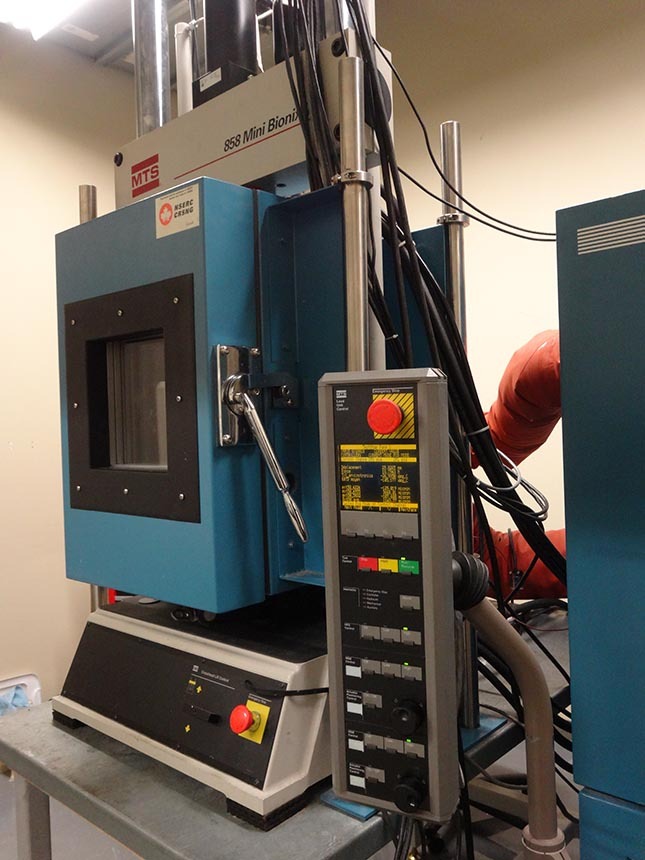
Fig. 5 Measurement System and environmental chamber for Complex Modulus Test
Partnership
This research project is funded by the Natural Sciences and Engineering Research Council of Canada (NSERC).
At ÉTS, Professor Alan Carter has done extensive work on pavement materials characterization and on asphalt mix design. Research projects conducted at ÉTS concerning asphalt mix design includes research on the addition of recycled crumb rubber as well as the addition of asphalt shingles in hot asphalt mixes.
In addition to ÉTS, Dupont Protection Technology is also involved in this project.



